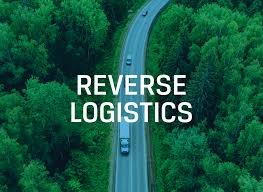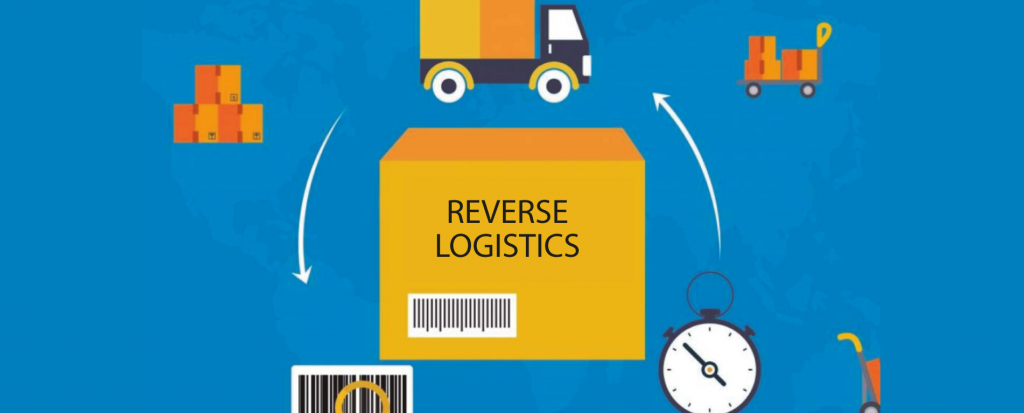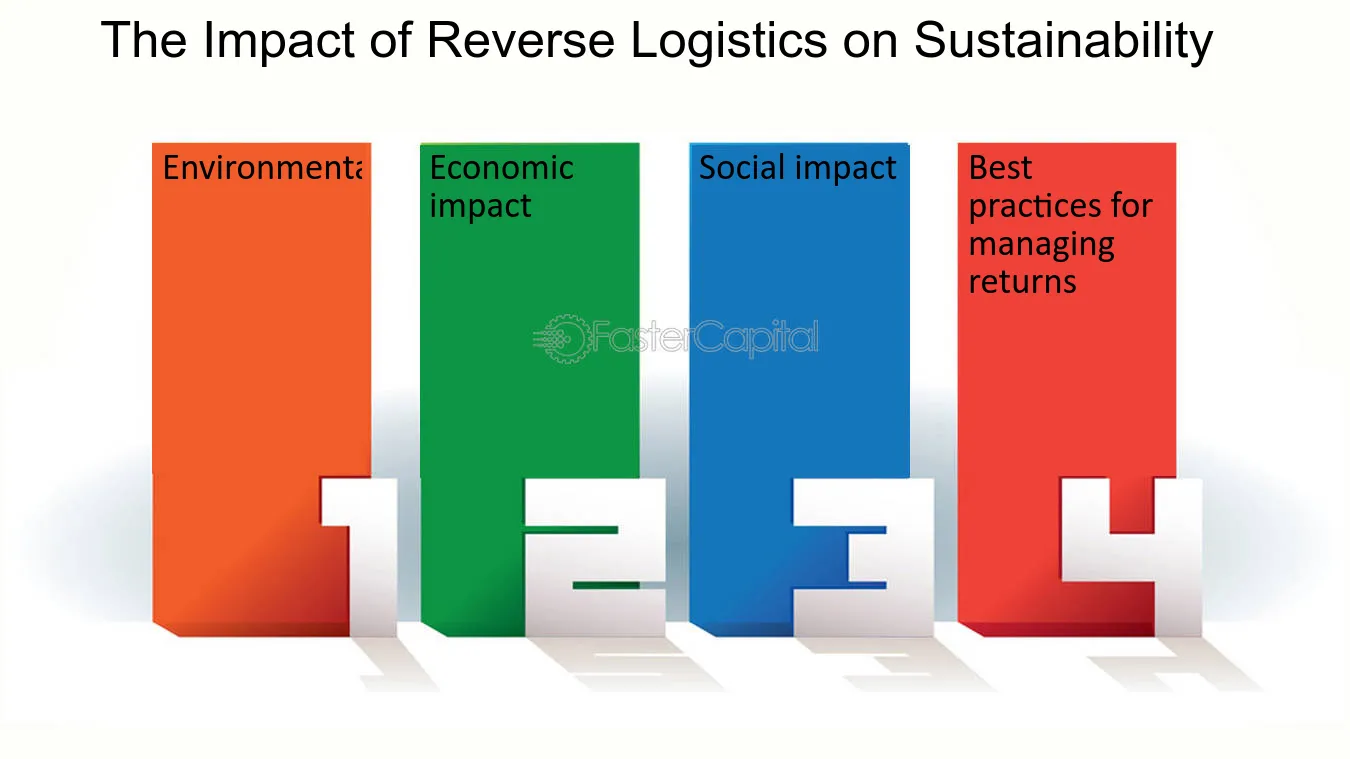Key takeaways
- The process of gathering, reusing, recycling, or getting rid of goods that customers return, are damaged, or have expired is known as reverse logistics (RL).
- By mitigating their environmental, social, and economic implications, RL can help pharmaceutical businesses perform better in terms of sustainability.
- Through increasing customer happiness and loyalty, cutting waste disposal expenses, and recovering value from returned products, RL can also improve pharmaceutical businesses’ profitability and asset utilization.
- RL encounters several obstacles, including low customer awareness and engagement, geographically dispersed returns, inefficiencies stemming from insufficient size, labor intensity, and spatial constraints.
Contracts, subsidies, fines, and laws that align the interests of the government and supply chain participants can be used to coordinate and incentivize RL.

Although pharmaceuticals are necessary for human health and wellbeing, they also present serious risks to society and the environment. Unwanted or expired medication disposal can have a negative impact on human health as well as damage soil, water sources, and animals. Furthermore, pharmaceutical waste is a lost chance for recycling or reuse as well as a loss of priceless resources.
Pharmaceutical reverse logistics (PRL), which includes the gathering, moving, and disposal of pharmaceutical waste, has become a strategic and sustainable activity in response to these problems. Pharmaceutical firms, distributors, retailers, and consumers can all benefit from PRL in a number of ways, including:
- minimizing greenhouse gas emissions, avoiding pollution, and conserving resources are ways to lessen the negative effects of pharmaceutical waste on the environment.
- improving the pharmaceutical supply chain’s financial performance through cost-cutting, revenue-growth, and asset-use improvements.
- enhancing the stakeholders’ social welfare through preserving public health, raising awareness, and carrying out corporate social responsibility.
The idea and procedure of PRL, as well as the opportunities and problems it encounters, will all be covered in this article, along with some best practices and implementation advice.
What is PRL and how does it work?
The management of pharmaceutical items’ reverse flow from end users back to the original makers or other disposal options is known as PRL. There are two categories for it: statutory and voluntary.
- Statutory PRL refers to the collection and disposal of pharmaceutical waste that is required by government legislation and environmental regulations. For instance, producers may be obliged in some nations to retrieve a specific quantity of pharmaceutical waste from distributors or merchants and dispose of it in an environmentally responsible way.
- When stakeholders voluntarily participate in the PRL process due to financial, social, or environmental incentives, this is referred to as voluntary PRL. Distributors and retailers might, for instance, provide incentives to customers who return unwanted or expired medications, which they then sell to manufacturers or other third-party recyclers for recycling or reuse.
The PRL process consists of four main stages: collection, transportation, inspection, and disposition.
- Gathering pharmaceutical waste from end users, such as patients, pharmacies, hospitals, or clinics, is the task of the collection stage. Depending on the kind and origin of the garbage, different collection strategies may be used, including drop-off boxes, mail-back programs, take-back occasions, and residential pick-up services.
- Transportation: This phase entails transporting the gathered pharmaceutical waste from the locations of collection to the facilities for examination or disposal. Depending on the waste’s volume, urgency, and distance, other modes of transportation may be used, such as trucks, vans, trains, or airplanes.
- Inspection: In order to assess the pharmaceutical waste’s quality, quantity, and suitability for recycling or reuse, this step entails sorting, identifying, and verifying it. Barcode scanning, RFID tagging, chemical testing, and other manual, visual, and automated processes are examples of inspection methods.
- Disposition: In this phase, pharmaceutical waste is treated to the end in an effort to recoup its value or stop causing harm. Depending on the kind, state, and demand of the trash, the disposal techniques may include recycling, landfilling, incineration, reusing, refurbishing, repackaging, and composting.

What are the challenges and opportunities of PRL?
PRL has potential and obstacles that could compromise its viability, efficacy, and efficiency. Among the principal obstacles and prospects are:
- Challenges:
- Insufficient knowledge and instruction among the involved parties regarding the significance and advantages of PRL, as well as the appropriate methods of engagement.
- Absence of incentives and motivation to participate in PRL among stakeholders, particularly consumers who may view it as hazardous, expensive, or inconvenient.
- Insufficient standardization and coordination among the involved parties lead to incoherent and ineffective PRL rules, methods, and practices.
- Absence of PRL technology and infrastructure, including disposal facilities, collection bins, trucks, and inspection tools.
- Absence of data and information regarding pharmaceutical waste, including its location, kind, and volume, as well as the effectiveness and consequences of the PRL procedure.
Opportunities:
- Stakeholders’ growing interest and awareness of the environment is driving rising demand for PRL and willingness to embrace sustainable practices and behaviors.
- The government is putting more and more regulatory pressure on stakeholders to implement PRL and provide guidance and support to do so.
- expanding PRL’s financial advantages and prospects, including revenue production, cost savings, and competitive advantage brought about by waste reduction, resource efficiency, and value recovery.
- expanding the positive social effects and benefits of PRL, including health preservation, raising awareness, and improving reputation as a result of pollution control, responsibility fulfillment, and education.
- PRL will be made more convenient, effective, and efficient by an increase in technical innovation and advancement, including new ways of collection, transportation, inspection, and disposition.
What are the best practices and tips for PRL?
PRL is a context-specific and stakeholder-dependent process that necessitates careful preparation, execution, and assessment rather than a one-size-fits-all approach. The following are some PRL best practices and advice:
- Regarding the producers:
- PRL should be considered while designing pharmaceutical products, for example, by utilizing biodegradable or recyclable materials, minimizing packaging, or increasing shelf life.
- Define roles and duties, establish goals and targets, monitor and report on results, and establish clear and transparent PRL policies and procedures.
- Work together and communicate with other interested parties, including distributors, retailers, customers, and the government, in order to share information, set expectations, and organize activities.
- Invest in and introduce new ideas into PRL technology and infrastructure by creating facilities for collection, transportation, inspection, and disposition, among other things.
- Assess and enhance PRL impact and performance by calculating the social, economic, and environmental results and determining its advantages and disadvantages.
- For the distributors and retailers:
- Encourage and educate the public to take part in PRL by giving them advice, information, and feedback as well as by rewarding them with deals, discounts, or coupons.
- Improve and expedite the PRL process by lowering the number of collecting locations, boosting the frequency of transportation, or raising the standard of inspection.
- Expand and diversify your alternatives for PRL. For example, you could sell manufacturers or other third-party recyclers the recyclable or reusable pharmaceutical waste, or you could donate it to impoverished nations or nonprofits.
- Integrate and make the most of PRL initiatives by promoting PRL as a value proposition, utilizing PRL as a differentiator, or integrating PRL into the core business plan.
- By examining successful PRL examples, implementing tried-and-true PRL techniques, or becoming a member of PRL networks or groups, you can benchmark and gain knowledge from PRL best practices.

- For the consumers:
- Know the significance of PRL and its advantages, including its positive effects on the economy, society, and environment, as well as the health and safety benefits.
- Participate in PRL responsibly and proactively by returning undesired or expired medications, according to PRL guidelines, and motivating others to follow suit.
- When it comes to PRL, exercise caution and selectivity. This includes selecting trustworthy and respected PRL suppliers, confirming the safety and quality of PRL, and safeguarding private and personal data.
- Engage in PRL involvement that is focused on feedback and improvement, including sharing PRL experiences, recommendations, and grievances as well as requesting PRL acknowledgment and improvement.
Conclusion:
Pharmaceutical waste poses environmental and social concerns that the pharmaceutical business and society may address with the help of PRL, a purposeful and sustainable practice. Stakeholders can reap several benefits from PRL implementation, including less environmental consequences, improved economic performance, and increased social welfare. But PRL also has to deal with a number of obstacles, including a lack of knowledge, incentives, infrastructure, data, and standardization. The stakeholders must implement PRL best practices and advice, such as planning, creating, working together, investing, assessing, teaching, optimizing, diversifying, integrating, benchmarking, and being alert, responsible, selective, and feedback-oriented, in order to overcome these obstacles and take advantage of the opportunities. By doing so, PRL can become a win-win solution for the pharmaceutical industry and society, and contribute to a more sustainable and better future
Hope this article was helpful for more checkout our precious blogpost by clinking here

